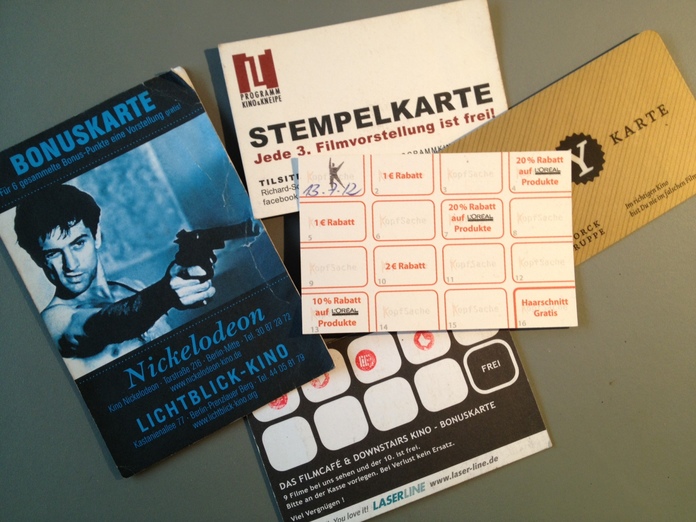Article
In arms reach

Lately there has been talk about “merging online and offline”. A few of our clients have confronted us with this question in the past months. Also is this topic circulating in blogs, at conferences, in white papers. So what is with this jargon like: “showrooming customers” or “commerce-enabling”?
There are many brands that live purely online, no need to mention them here. But how does the brick-and-mortar businesses begin to bring the digital world into their physical walls? And I don’t mean just having a website or use some social media outlets. I mean deliver an extra layer to create a wider context for the customer.
More than customer cards
Plenty of companies believe if they have a Facebook profile or Tweeter handle somewhere along the customer food chain they will spark conversations. Or they try to make their customers recognize their brand and buy more through loyalty or couponing programs. Let’s be honest: This is not really building relevance for customers. Think about this — you get one of those customer cards at your local café, do you really go back for those stamps? Like many people, you end up having 5 different cards stuck in your wallet. Those cafés become interchangeable.

In 2012 the average consumer spent 82 minutes a day on their mobile device. This number has doubled since 2010. This suggests we need to think about a mobile device not as an extension of the PC, but as a tool that aids consumers to be smarter. All of these marketing outlets mentioned are important, but are only a small part of the purchasing journey. We can now find all the information we need before stepping into that shop. We can be the experts … Okay, maybe not the experts, but well informed. Very well informed.
One possible entry point could be how to take the pain of shelling out 100s or 1000s for something at the register. So how does my business create a “positive check-out experience” instead of a “downer”? Let us think through the shopping experience and discover at what point could the mobile device be useful: When we are trying on those new pair shoes, or about to pay, or both? The dialog with the consumer at almost any point of the consumer life cycle is now important.
One possible entry point
The combination of physical products and digital services is becoming more common place. We have seen this in the likes of Nest, or the Nike+ FuelBand. The picture of everything is connected, is real and we will not go back (unless the Mayans are right on December 21th).
In short, focusing on the service and product combinations will drive your customers to new things – and make your product part of their lives. We can keep them in the stores cause we have something they can’t find elsewhere. Remember you don’t need them to walk out of the store with the new something. You need them to walk out of the store feeling a part of something.
Rethinking context
Lets go back up top. Maybe it is all about the “Showrooming Customer”. Or about commerce-enabling. Or it is still about the spaces. What we should look at is: Some things are measurable and some things are not.
I’m not saying just get rid of your KPIs and ROIs – but we need to rethink the standard business success barometers and metrics. We have to use our customer centric litmus tests: “Did the access to more information make my customers life better?”, “Did I make my customer’s experience worthwhile when he or she was in my shop?”, “Did my customer get the best deal?”, or “Did my client over step their budget?”. These types of questions will bring about loyalty and awareness. Your customer will feel that they have been placed on the same playing field.
So we need to think about delivering a mobile experience with utility. This can result in a higher satisfaction and create stronger bonds. Businesses need not to think that the sale is lost when the sale has not occured “in these walls”. But a sale is a sale no matter where. And awareness happens everywhere.
Foto: Sonja Knecht